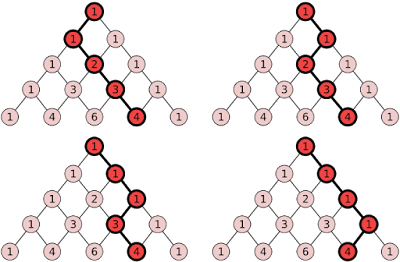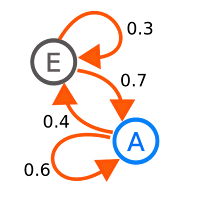Top Ten Reasons I Like Haskell
A few weeks ago I wrote about some of the differences between functional languages (like Haskell) and imperative languages (like C or Java). While I made some good points in this post, I don't think I gave enough credit to Haskell. After learning more about Haskell, it has become my favorite programming language. In this blog post, I will talk about some of reasons I like Haskell. Please keep in mind that I am relatively new to Haskell and the contents of this blog post are about my experience as a beginner. That being said, the intended audience of this blog post is people coming from an OOP background that are looking for something better. Purity In a Purely Functional language like Haskell, it's impossible to mutate objects in memory. While this may seem like a limitation, I assure you it is not. In Haskell, functions must take input and return output, but they may not have side effects. This has great benefits as it makes it easier to reason about code, and the compiler...





